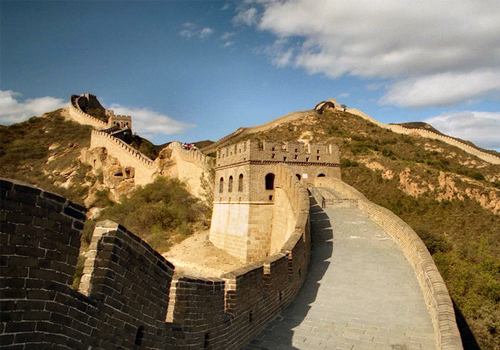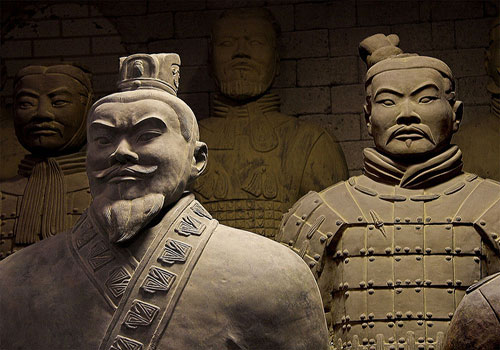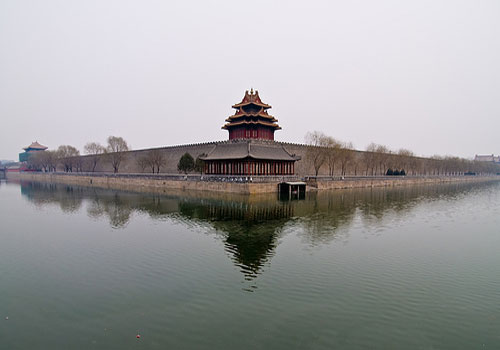Explore China
Featured Airports in China
Toggle
Electricity of China
| Description Flat blade attachment plug. |
Voltage 220 V |
Frequency 50 Hz |
Type A |
| Description Oblique inverted v-shaped flat blades with grounding blade. |
Voltage 220 V |
Frequency 50 Hz |
Type I |
| Description Rectangular blade plug |
Voltage 220 V |
Frequency 50 Hz |
Type G |
Toggle
Dialing Codes of China
Trip Tools









